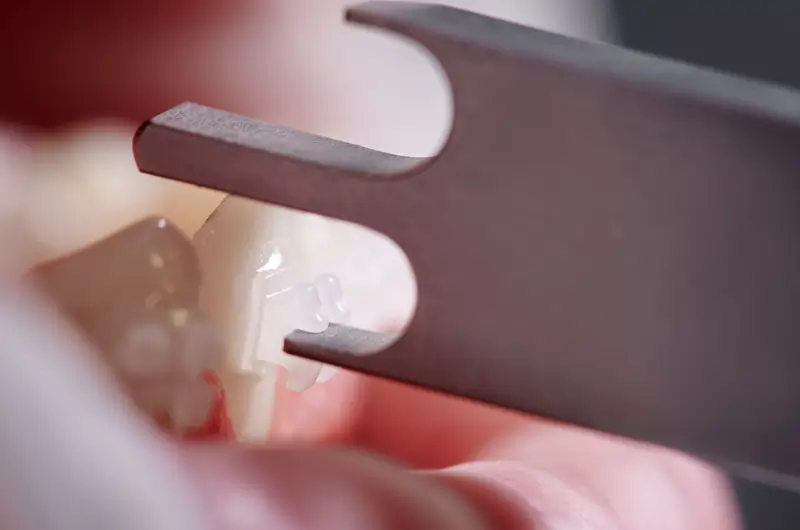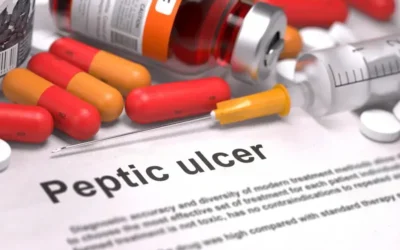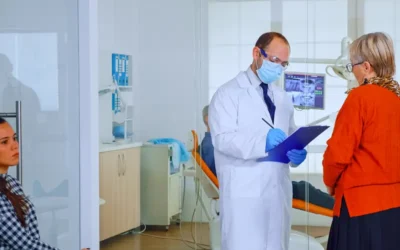Augmentation of bony defects due to loss of teeth using bone-grafting materials is a common procedure performed by general dentists, periodontists and oral surgeons. When billing bone grafts, it is necessary to use the most up-to-date codes, while avoiding unlisted, unspecified and nonspecific codes. In addition to selecting the right CDT code, dentists have to also report the correct ICD-10 code to indicate the diagnosis. Further, as medical insurance reimburses for oral surgeries, with knowledge about cross-coding, dental offices save dental insurance and help patients get needed treatment. Working with an experienced dental billing company is a practical strategy for dentists to manage the billing and coding process and maximize reimbursement.
When Bone Grafting is Necessary
Bone grafts are used in combination with endodontic, oral surgery, implants and periodontal procedures. Bone loss in the jaw due to loss of teeth can cause atrophy of remaining alveolar bone, leading to chewing and speech problems, soft-tissue pain, muscle dysfunction, and lack of bone for tooth implants. Bone grafting is usually performed in the following situations:
- After tooth extraction to limit the amount of hard- and soft-tissue loss
- Before dental implant surgery to replace a lost tooth
- To build the jaw before dental implant placement
- When bone loss affects neighboring teeth
- For reducing bone loss caused by periodontal disease
- To correct trauma or surgery defects
- General alveolar deterioration
There are various types of bone grafting material options:
- Autogenous – the tissue is taken from the patient undergoing the graft procedure
- Non-autogenous: the graft is taken from donor other than the patient (allogenic, alloplastic, allograft and xenograft materials)
After the procedure, the bone graft will support bone healing and regeneration, and add volume and density to the jaw.
CDT Codes for Bone Grafts
The CDT codes for graft procedures are found in the Endodontics, Periodontics, Implant service and Oral & Maxillofacial surgery service categories. Dentists need to report the correct CDT code to describe the grafting procedure that the patient underwent.
The CDT codes for bone grafts are as follows
- Bone Graft for Endo/Periradicular Defects
D3428 Bone Graft in Conjunction with Periradicular Surgery – per tooth, single site (includes non-autogenous graft material)
D3429 Bone Graft in Conjunction with Periradicular Surgery – each add’l contiguous tooth in same surgical site (includes non-autogenous graft material)
- Bone Graft for Periodontal Defects
D4263 Bone replacement graft – retained natural tooth – first site in quadrant
D4264 Bone replacement graft – retained natural tooth – each additional site in quadrant
- Bone Graft for Periimplant Defects
D6103 Bone Graft for Repair of Periimplant Defect
Note: This is for grafting a bone defect around an existing implant, and does not include flap entry and closure. Placement of a barrier membrane or biologic materials to aid in osseous regeneration should be reported separately.
- Bone Graft When Placing Implant
D6104, Bone Graft at Time of Implant Placement
Note: This is for bone grafting around an implant at the same time the implant is placed. The placement of a barrier membrane, or biological materials to aid in osseous regeneration is reported separately.
- Bone Graft for Ridge Augmentation in Edentulous Site
D7950 Osseous, Osteoperiosteal, or Cartilage Graft of the Mandible or Maxilla – Autogenous or Nonautogenous, By Report
Note: It includes obtaining autograft and/or allograft material. Placement of a barrier membrane, if used, should be reported separately. This is not a graft done in an extraction site or implant removal site.
Reporting Graft Material Acquisition
There are CDT Codes with descriptions that state that:
-
- the procedure includes graft material acquisition
- the graft material is acquired as a separate procedure and reported with the appropriate code
➤ Procedures where Material Acquisition and Graft Placement are separate
Graft Procedures Not including Obtaining Graft Material – The following CDT codes explicitly state that the procedure does not include harvesting or collecting the graft material:
D7950 Bone Replacement Graft for Ridge Preservation – per site
CDT descriptor: “Osseous autograft, allograft or non-osseous graft is placed in an extraction or implant removal site at the time of the extraction or removal to preserve ridge integrity (e.g., clinically indicated in preparation for implant reconstruction or where the alveolar contour is critical to planned prosthetic reconstruction).”
Note: This dental bone graft code can be used when filling in the hole after the removal of a tooth or dental implant. It does not include obtaining graft material. If a membrane is used, it should be reported separately.
D7955 Repair of Maxillofacial Soft Tissue and/or Hard Tissue Defect
Note: Reconstruction of surgical traumatic or congenital defects of the facial bones, including the mandible, may utilize graft materials in conjunction with soft tissue procedures to repair and restore the facial bones to form and function. This procedure does not include edentulous maxilla and mandibular reconstructions for prosthetic considerations
➤ CDT Code for Graft Material Collection Only
D7295 Harvest of Bone for Use in Autogenous Grafting Procedures
Note: D7295 is the only code entry specifically for reporting acquisition of material used in a separate graft procedure. It is reported when hard tissue (bone) is collected from the patient who is also to receive the separate bone graft procedure.
➤ Graft Procedures that Include Material Acquisition
Graft Procedures including Graft Material Acquisition
There are 13 CDT codes for procedures where the descriptor states that the acquisition of the graft material is included and not to be reported as a separate procedure in a claim. For e.g., the following procedures include graft material acquisition in general terms:
D4277 Free soft tissue graft procedure (including recipient and donor surgical sites) first tooth, implant or edentulous tooth position in graft
D4278 Free soft tissue graft procedure (including recipient and donor surgical sites) each additional contiguous tooth, implant or edentulous tooth position in same graft site
D7943 Osteotomy – mandibular rami with bone graft; includes obtaining the graft
D7951 Sinus augmentation with bone or bone substitutes [The augmentation of the sinus cavity to increase alveolar height for the reconstruction of edentulous portions of the maxilla. This includes obtaining bone or bone substitutes. Placement of a barrier membrane, if used, should be reported separately].
D7952 Sinus augmentation via a vertical approach
With the multiple CDT codes involved, documentation of graft procedures can be confusing. Insurance companies will reimburse bone grafts only if they are medically necessary for the success of the procedure being performed or when normal healing cannot be expected to eliminate the bony defect (www.aetna.com). Further, dental insurance verification is necessary to understand patient coverage as each benefit plan has different rules as to which services are covered, which are excluded and which have dollar caps or other limitations. Therefore, it is recommended that the practice sends out a pre-treatment authorization to ensure a smooth claim determination process. Partnering with an experienced provider of dental billing services is the best way to meet these requirements.




